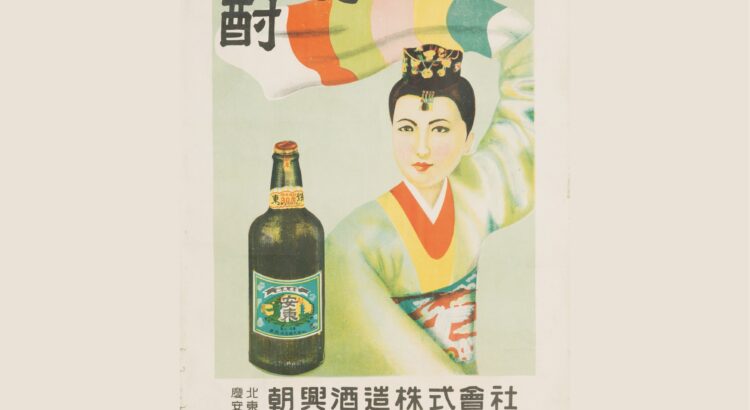“Because I suffer from diarrhea caused by heat, I therefore am always taking soju. One day, Yi Sunam came [to me] drunk. While I was chatting with him, I offered him a couple of cups of soju, and I did not expect that it would result in this [his death], so I await your Majesty’s punishment.” – Hong Yunsŏng
Maybe we now know that drinking more alcohol when you are already sick, is not the best idea. But this poor man in the 15th century had not learned that lesson. Nevertheless, as you can see in this example, alcohol has always been important in the lives of Koreans. If you have ever watched a Korean drama (and if not, you should!), or visited South-Korea yourself, you probably noticed that Koreans are regularly drinking alcohol. With friends, after a day of work, while on a working trip and so on. But not just beer or wine, there is a different kind of drink that is very popular in Korea. A delicious drink that is called, you guessed it, soju.
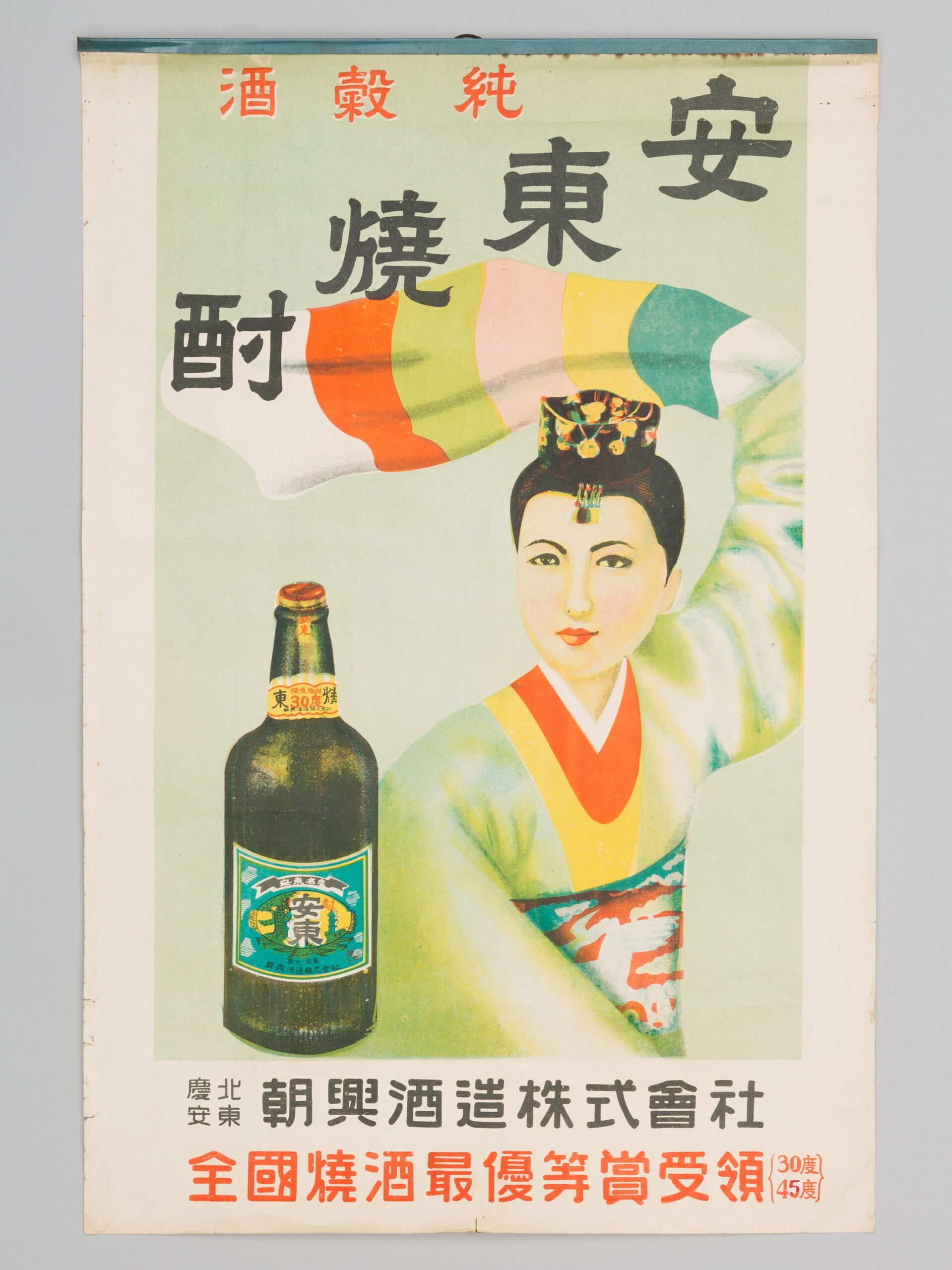
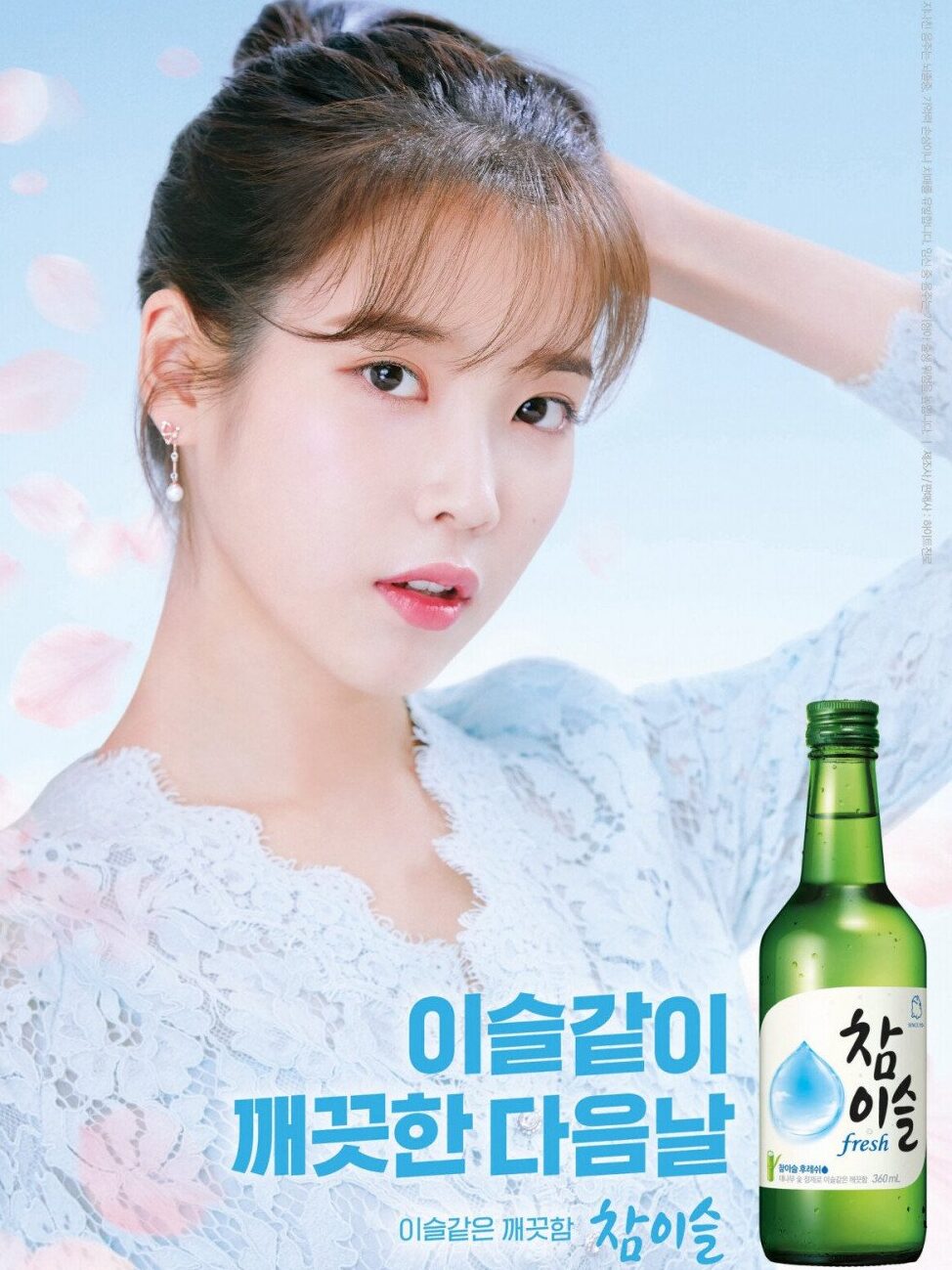
The lives of soju
Soju is an alcoholic drink that has gained worldwide popularity. As a part of the Korean Wave, which has seen the global rise of K-Pop, Korean dramas, Korean food, soju has become a cultural icon. Soju is clear, colorless and has a high percentage of alcohol. And like any other food and drinks, soju has a long and, at times, politically charged history.
Because soju changed a lot over the years, there is not one definition of what soju is. Soju, when translated literally, means ‘burnt liquor’ and was originally a distilled drink. The way soju used to be made, the methods of distillation, was brought from China to Korea during the Koryô (Mongol) dynasty. It did not take long for soju to become popular in Korea, even leading to attempts by the king to ban it. This did not stop Koreans, particularly women, from continuing making it, turning it into a home brewed liquor.
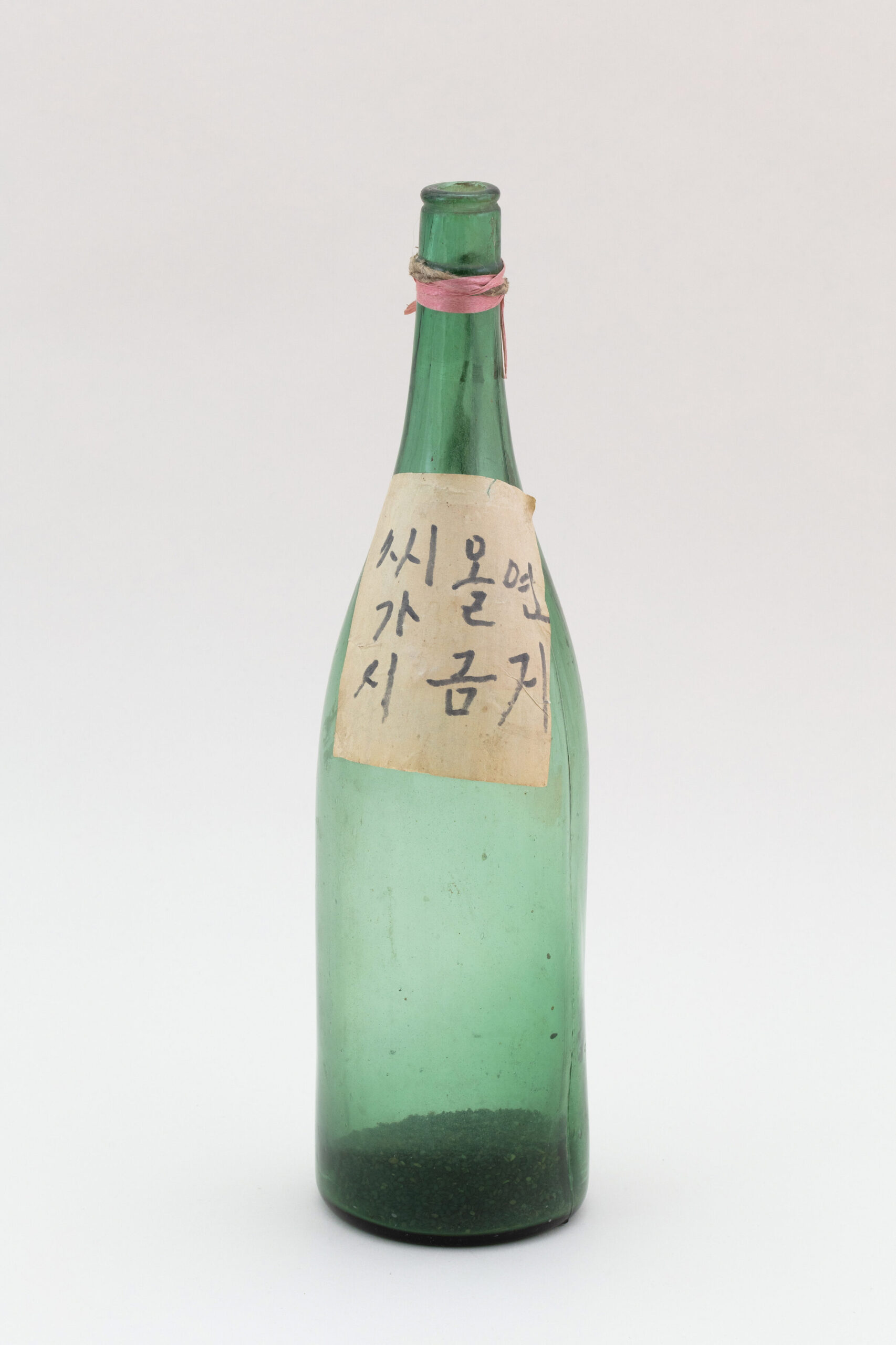
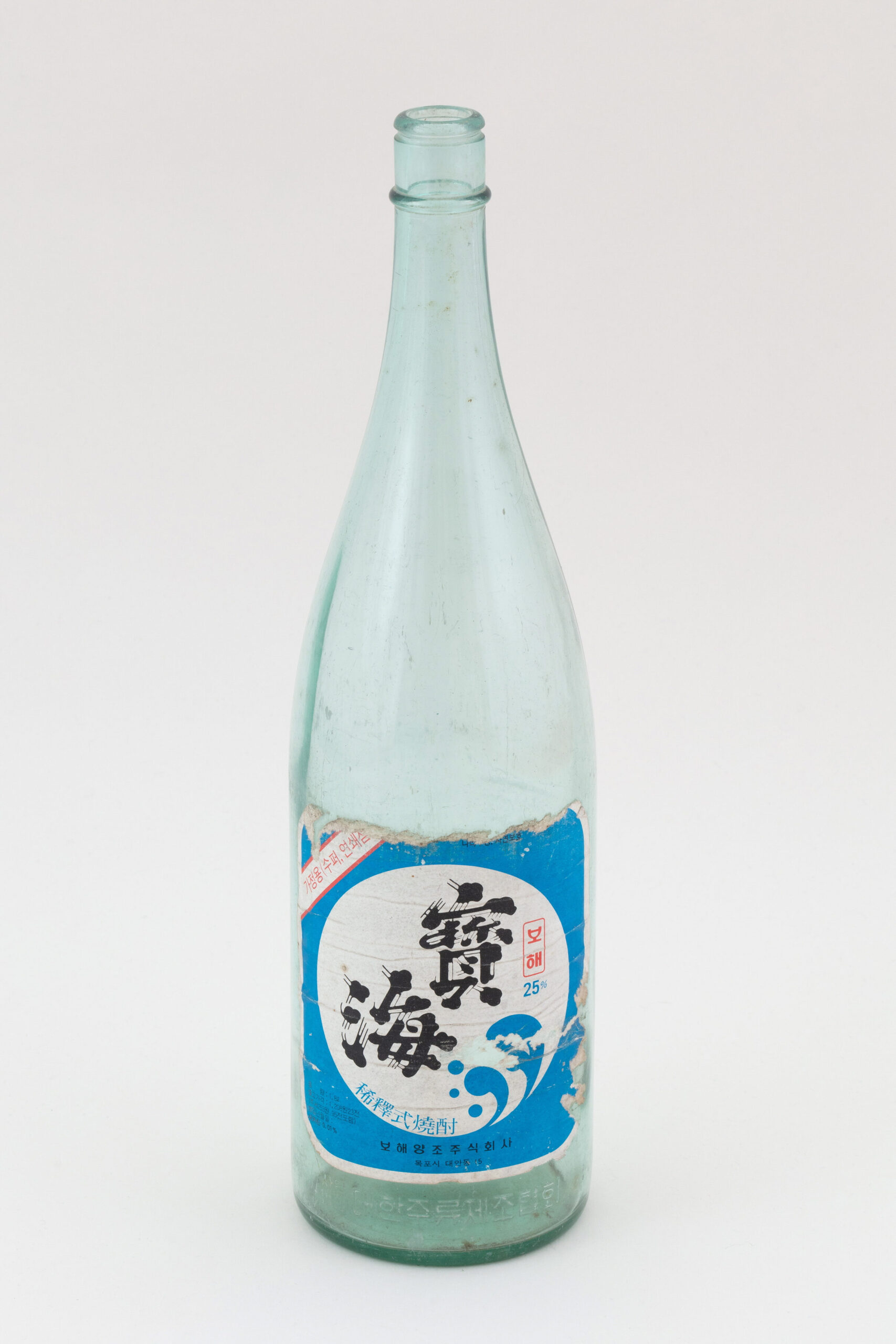
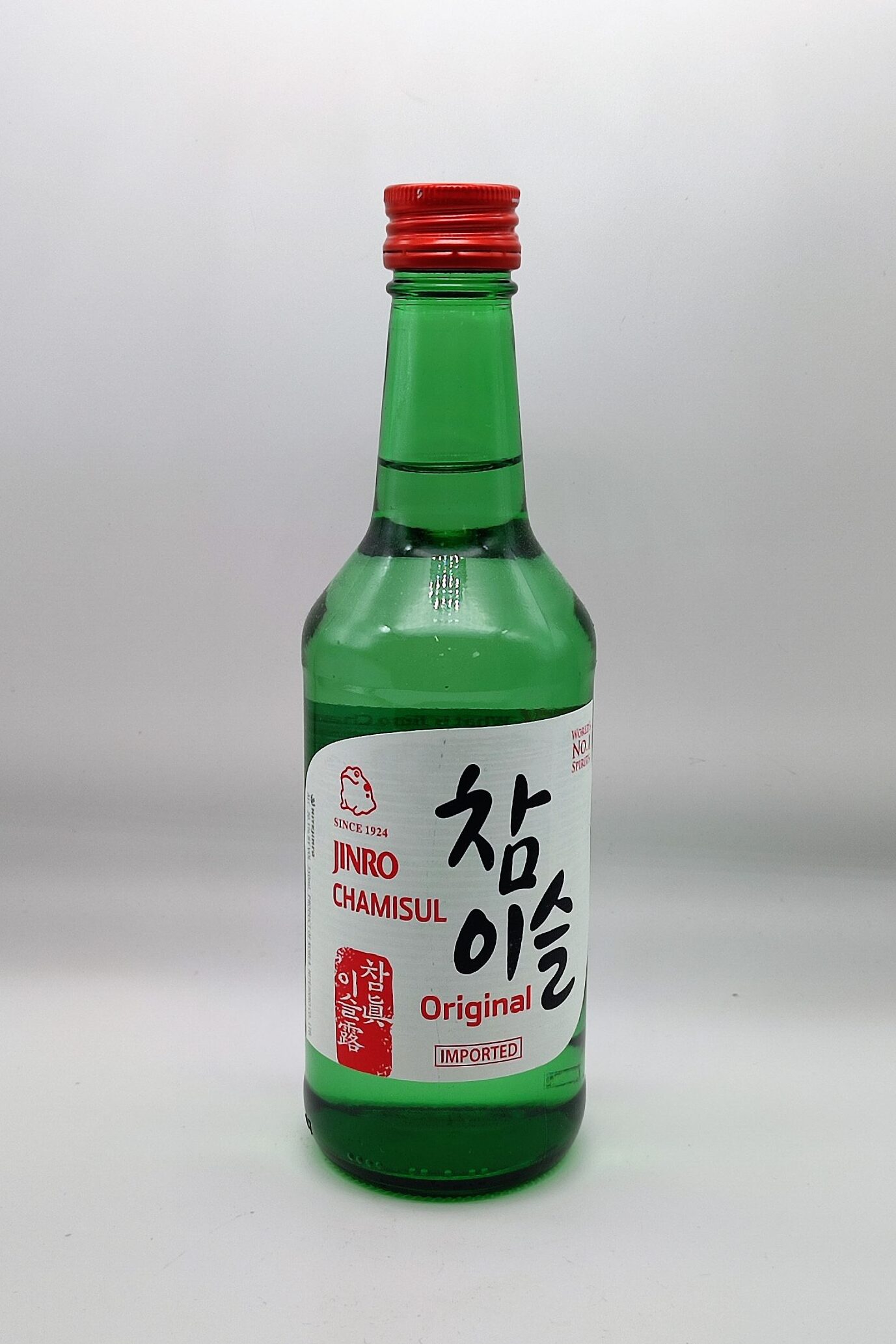
Two old soju bottles from the collection of the National Folk Museum of Korea. You can see how the bottle has changed throughout history. The last picture is the soju everybody buys now a days, from the brand Jinro (the best-selling soju brand in the world). An example of the famous, cheap, green bottle.
Soju was a home brewed liquor during the whole of the Joseon Dynasty (1392-1897). Only during the Japanese occupation, at the beginning of the 20th century, was home brewing prohibited. A few decades later, in 1965, they banned making soju from rice altogether. Rice was no longer allowed for the production of soju, due to food shortages after the Korean War. Instead of rice, they made soju from anything they could find with starch in it. This led to the creation of a ‘diluted soju’ and marks the beginning of a distinction between ‘modern’ and ‘traditional’ soju. The ones you can find in stores now, in the cheap, green bottle, are the modern ones. Still, even if the drink itself has changed much, the traditions and etiquettes have not.
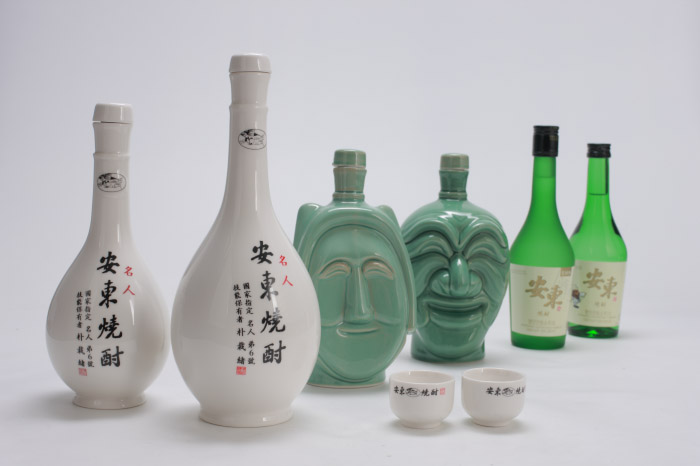
Let’s pour myself a drink, or not…
While the drink itself has deep historical roots Korean culture, there are a lot of etiquette rules surrounding drinking with others that are also essential in Korean culture. The most important rule is that you do not pour your own soju. Instead, you should be served by someone else at the table. When receiving alcohol from an elder, it is customary to hold the glass with two hands or one hand while supporting your elbow. And when you want to take a shot, it is considered respectful to turn your body away from the elder.
After reading that, you might wonder why there is such an emphasis on drinking manners and customs. Koreans drew from the teachings of Confucius, the famous Chinese philosopher, that societies had to be arranged in a hierarchical form to live peacefully. It was, according to Boye DeMente, about ‘maintaining absolutely harmonious relationships among all people at all levels of society’. With that, Confucius taught that respect for parents, official authority, elders, teachers, and others with important skills was essential. These teachings became such a big part of how Koreans live and their culture that you can still notice it in how and when people bow, the way they use honorifics, and in customs like how to act when sharing a drink with elders. These etiquettes are passed down through generations by learning them from your elders. Learning it is seen as a training session, a training needed to survive in the hierarchical Korean society. And at the same time, you become a mature individual and a responsible member of the society and family.
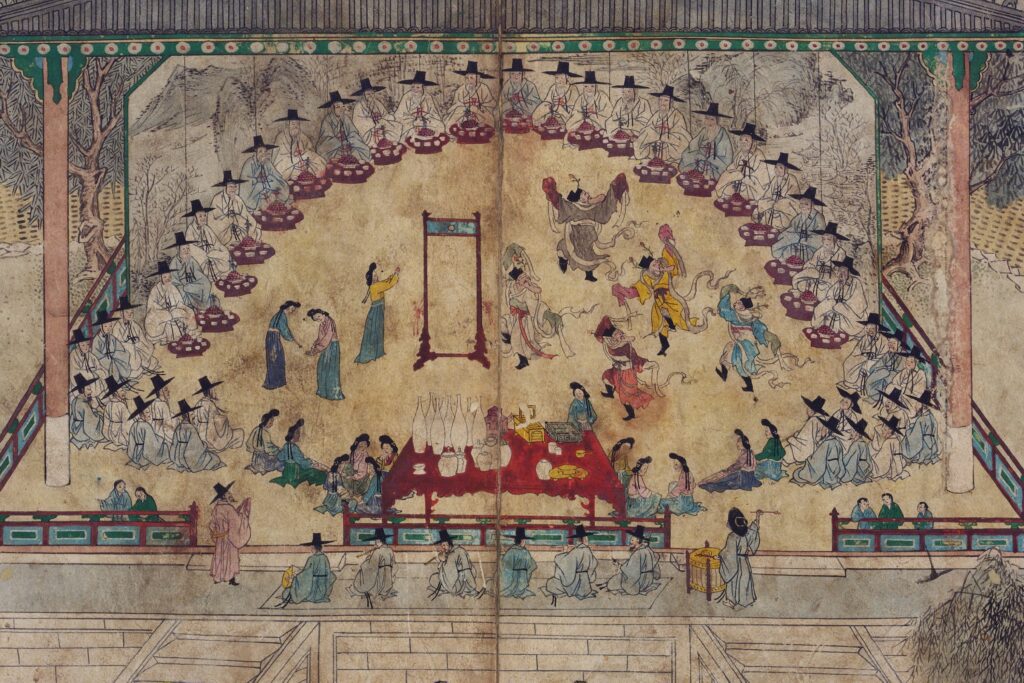
Where do these etiquettes originate from? It is believed that it originated from one of six important Confucian rituals known as Hyangeumjurye. This ceremonial gathering of intellectuals celebrated their admiration for wisdom and honored their elders for their old age and accomplishments. During these gatherings, the younger people learned how to drink in the presence of elders and how to show respect to them.
How about now?
The culture around drinking still shows the nation’s social structure, lifestyle, and traditions. Koreans see drinking as a way to form ties between family, friends, and strangers. That is why it plays an essential role in celebrating holidays and social events, both in the past and today. While ancestral honor was the main reason for drinking in the past, modern Koreans see drinking as a social event aimed at getting to know each other better. Koreans believe that drinking alcohol opens people up. It is for example common to enjoy a drink after a day of work, to build stronger relationships with your colleagues. So, even though it was used (and still is) during important events and to show respect to elders, nowadays, it is mostly about getting to know each other and having fun while doing so.
And for the people who are still thinking of the poor man who wanted to help his friend. The man did not get a punishment from the king, because ‘even if alcohol is forbidden, drinking it for medication is not harmful’. Hong Yunsŏng expressed his gratitude by bowing to the king.
Written by Mirna van der Lugt.
The quotes are from the book: Park, Hyunhee, Soju: A Global History (Cambridge 2021). A great book if you want to learn more about the (global) history of soju.
If you want to learn more about culture and the customs of Korea: De Mente, Boye, The Korean Mind: Understanding Contemporary Korean Culture (Tokyo 2012), the book I used to write about the Confucian customs.
